George Barret RA (1732-1784)
Signature: with Christie's number [CE719] on reverse (referring to a valuation)
Medium: oil on canvas
Size: 29 x 38in. (73.66 x 96.52cm) Provenance: Collection of a nobleman; With Cynthia O'Connor Gallery, Dublin, 1982; Whence purchased by the present owner Barret was a friend of Edmund Burke (1729-1797) - and their work therefore engages an Anglo-Irish perspective on landscape which requires an inherent connection between aesthetics and politics which, like other aspects of Irish history, have been und...Read more Barret was a friend of Edmund Burke (1729-1797) - and their work therefore engages an Anglo-Irish perspective on landscape which requires an inherent connection between aesthetics and politics which, like other aspects of Irish history, have been underplayed in the dominant narratives of British art. (1) The son of a tailor, Barret was born in Dublin. He was to become a founding member of the Royal Academy in 1768, and his work was popular in his lifetime. (2) According to Thomas Bodkin, 'George Barret, the elder, was reputed in his day, to be the greatest landscape painter whom Ireland, England, or Scotland had till then produced.' (3) Despite this Barret experienced the vicissitudes of the eighteenth century art market and ended his life in relative obscurity and bankruptcy. While this picture may be undated, based on a stylistic analysis the present picture was painted before Barret's move to London around 1763 and was most certainly an Irish view. The composition was allegedly influenced by Burke's ideas on the Sublime and the Beautiful. The enhanced detail of this early painting in the style of romantic realism creates a 'sublime' mood. It is rumoured that Burke introduced Barret to the Dargle Valley near Powerscourt Falls during the early 1760s leading to a connection with one of Barret's earliest patrons, Lord Powerscourt, owner of this property. Patrons such as the Taylours of Headford and the Conollys of Castletown began to commission series of topographical paintings. These landscapes demonstrated the extent of Barret's talent and helped him establish his reputation in London. Barret soon began exhibiting views of the Dargle Valley at the Society of Artists of Great Britain. This painting has several characteristics typical of Barret's early work including the framing of the trees, diffused light the heavy application of and the use of saturated colour. Logan Morse, April 2019 Footnotes: 1. For treatments of this see for example L. Gibbons, Edmund Burke and Ireland: Aesthetics, Politics, and the Colonial Sublime (Cambridge: Cambridge University Press, 2003). 2. E. Waterhouse, Painting in Britain, 1530-1790 (Harmondsworth: Pelican, 1978), pp. 241-2. 3. T. Bodkin, Four Irish Landscape Painters (Dublin: The Talbot Press, 1920).
George Barret RA (1732-1784)
Signature: with Christie's number [CE719] on reverse (referring to a valuation)
Medium: oil on canvas
Size: 29 x 38in. (73.66 x 96.52cm) Provenance: Collection of a nobleman; With Cynthia O'Connor Gallery, Dublin, 1982; Whence purchased by the present owner Barret was a friend of Edmund Burke (1729-1797) - and their work therefore engages an Anglo-Irish perspective on landscape which requires an inherent connection between aesthetics and politics which, like other aspects of Irish history, have been und...Read more Barret was a friend of Edmund Burke (1729-1797) - and their work therefore engages an Anglo-Irish perspective on landscape which requires an inherent connection between aesthetics and politics which, like other aspects of Irish history, have been underplayed in the dominant narratives of British art. (1) The son of a tailor, Barret was born in Dublin. He was to become a founding member of the Royal Academy in 1768, and his work was popular in his lifetime. (2) According to Thomas Bodkin, 'George Barret, the elder, was reputed in his day, to be the greatest landscape painter whom Ireland, England, or Scotland had till then produced.' (3) Despite this Barret experienced the vicissitudes of the eighteenth century art market and ended his life in relative obscurity and bankruptcy. While this picture may be undated, based on a stylistic analysis the present picture was painted before Barret's move to London around 1763 and was most certainly an Irish view. The composition was allegedly influenced by Burke's ideas on the Sublime and the Beautiful. The enhanced detail of this early painting in the style of romantic realism creates a 'sublime' mood. It is rumoured that Burke introduced Barret to the Dargle Valley near Powerscourt Falls during the early 1760s leading to a connection with one of Barret's earliest patrons, Lord Powerscourt, owner of this property. Patrons such as the Taylours of Headford and the Conollys of Castletown began to commission series of topographical paintings. These landscapes demonstrated the extent of Barret's talent and helped him establish his reputation in London. Barret soon began exhibiting views of the Dargle Valley at the Society of Artists of Great Britain. This painting has several characteristics typical of Barret's early work including the framing of the trees, diffused light the heavy application of and the use of saturated colour. Logan Morse, April 2019 Footnotes: 1. For treatments of this see for example L. Gibbons, Edmund Burke and Ireland: Aesthetics, Politics, and the Colonial Sublime (Cambridge: Cambridge University Press, 2003). 2. E. Waterhouse, Painting in Britain, 1530-1790 (Harmondsworth: Pelican, 1978), pp. 241-2. 3. T. Bodkin, Four Irish Landscape Painters (Dublin: The Talbot Press, 1920).
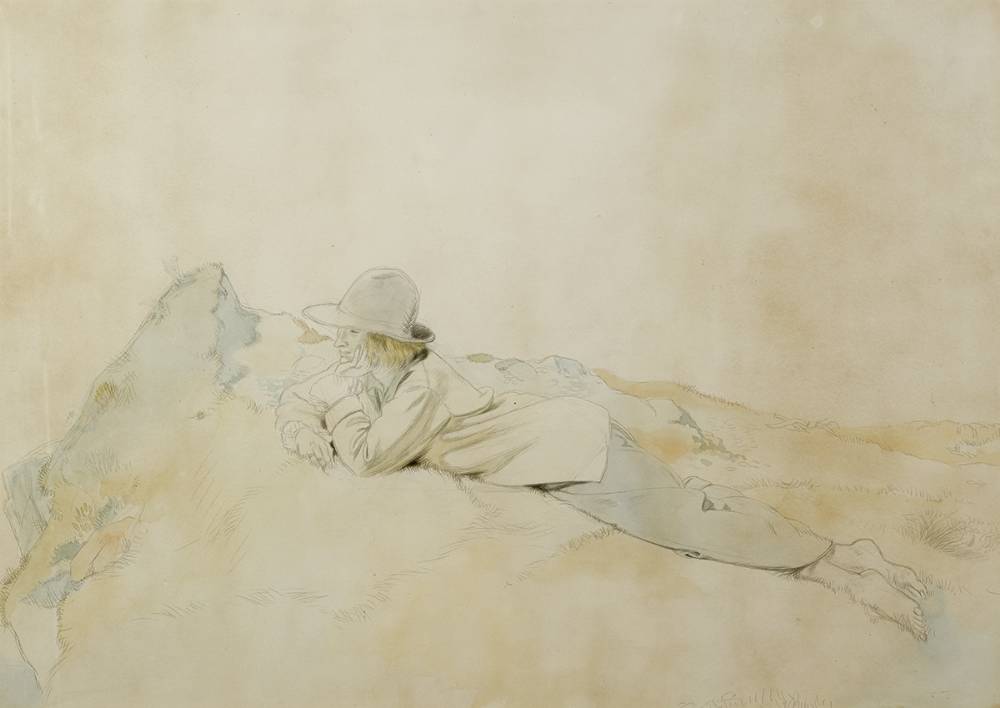
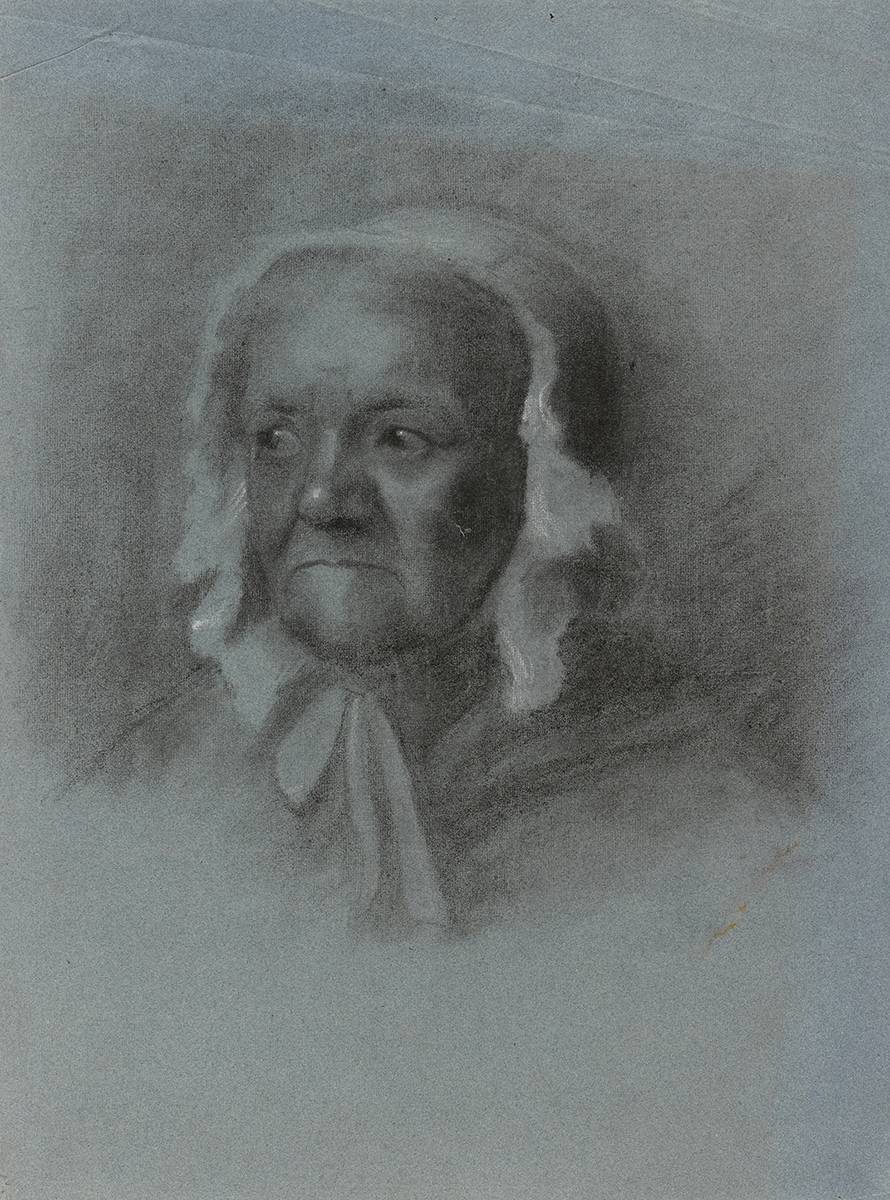
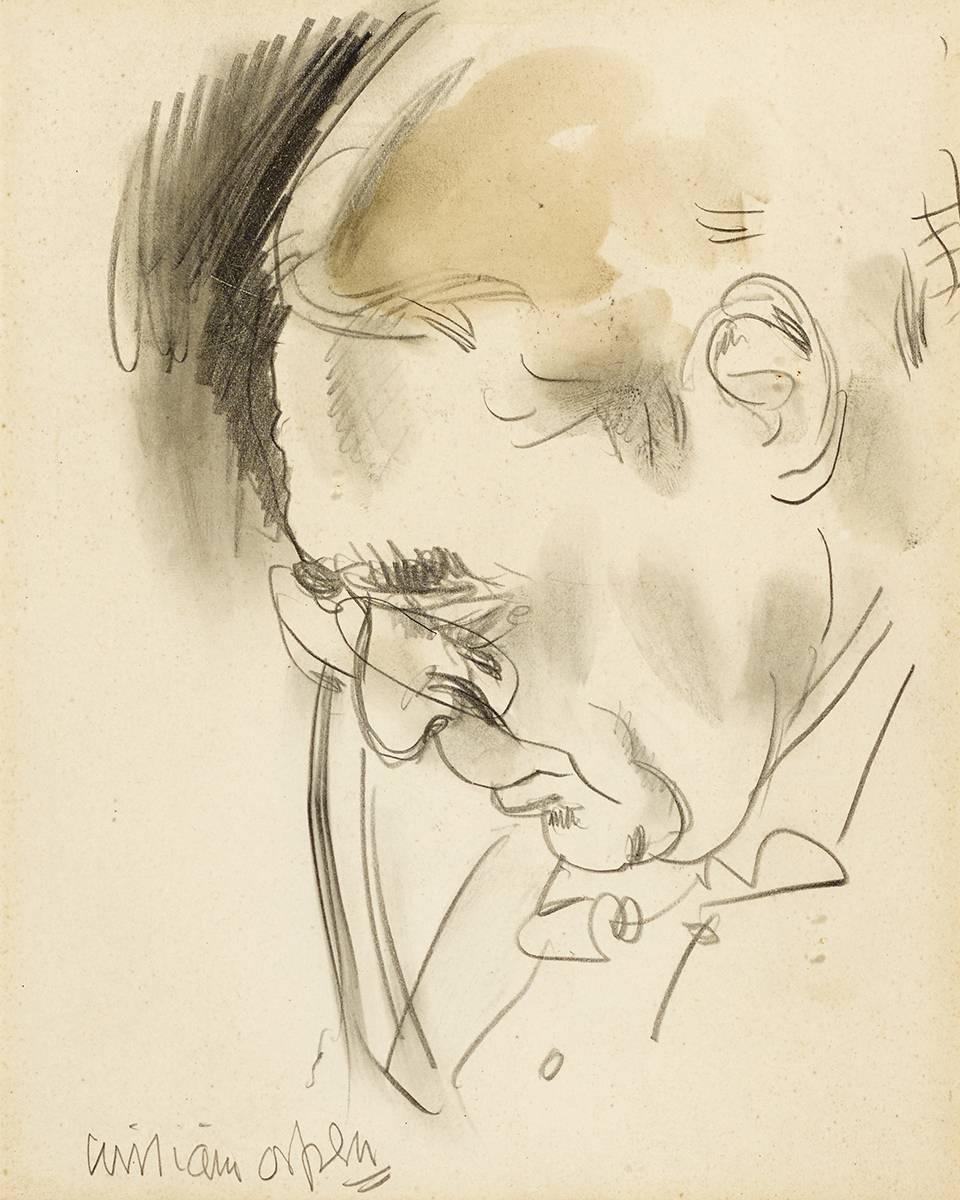
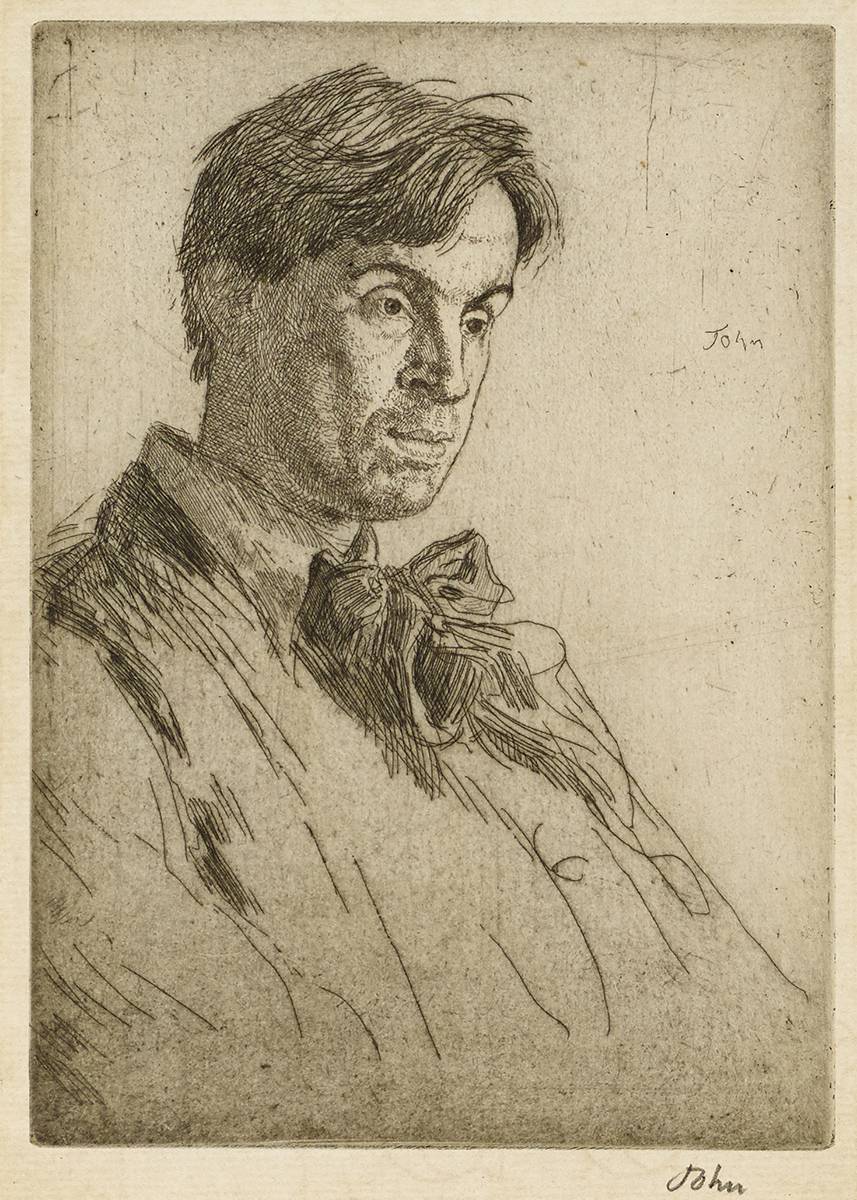
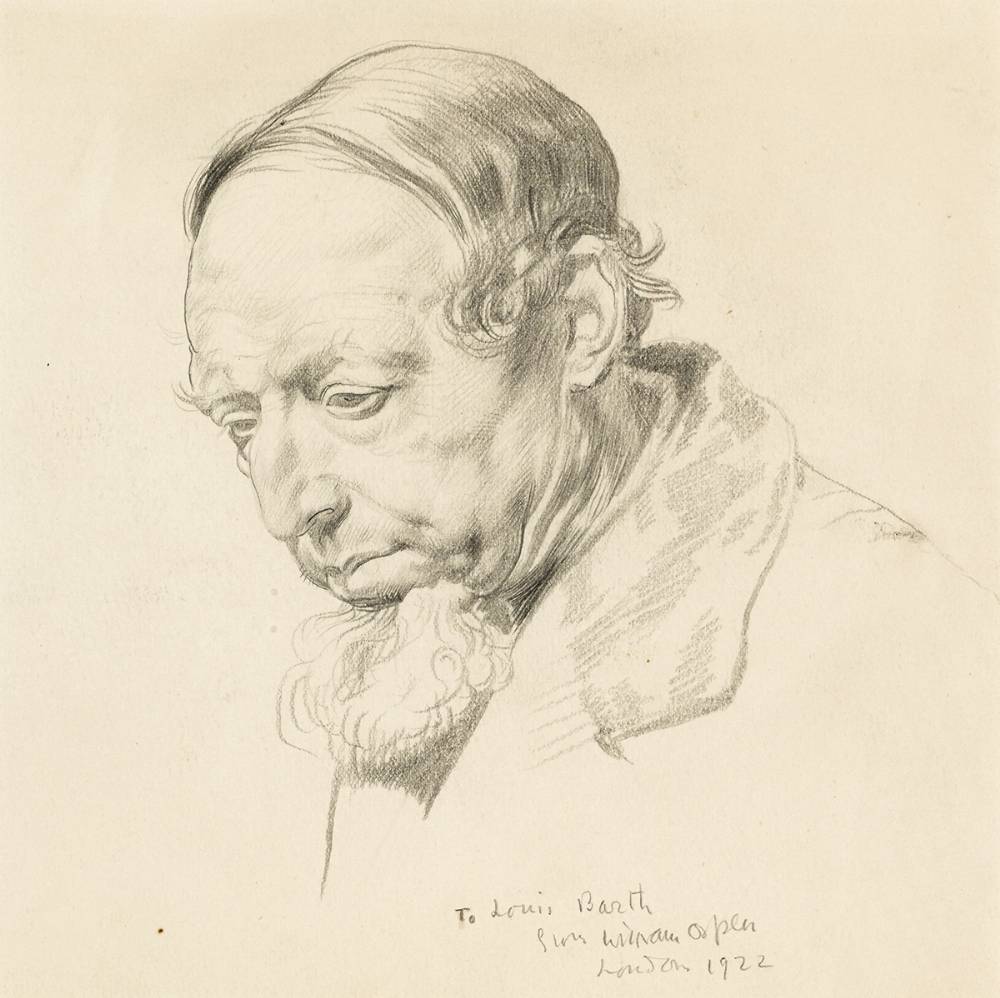
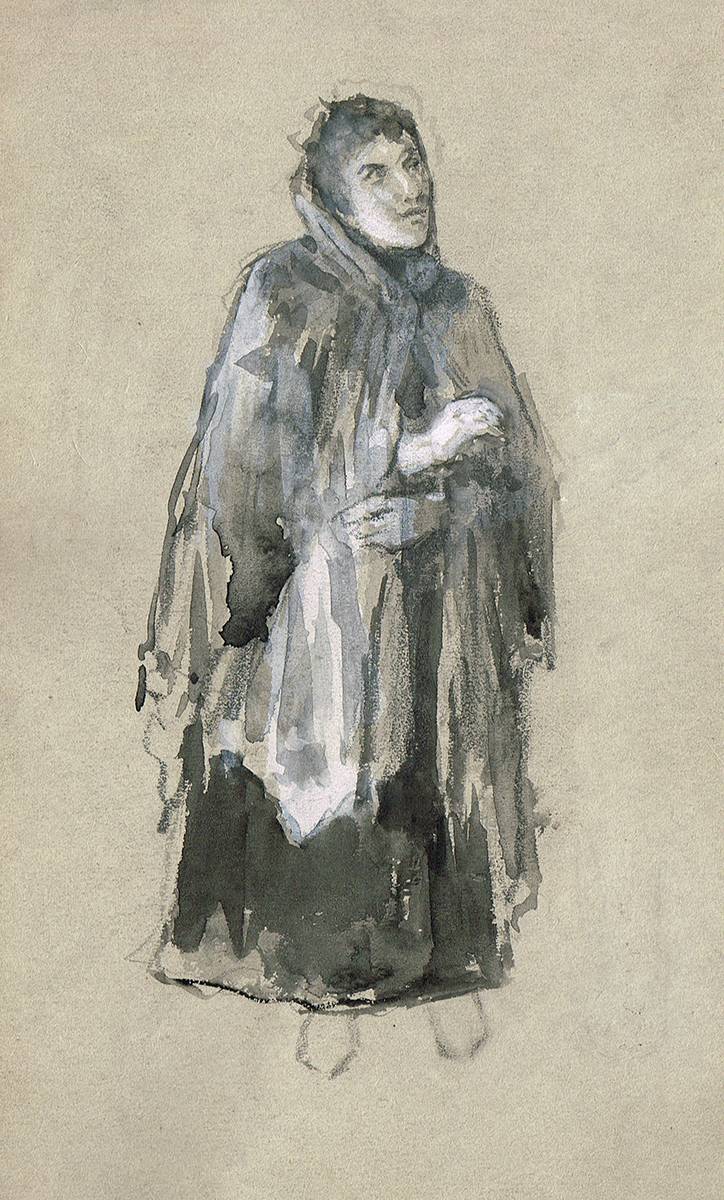
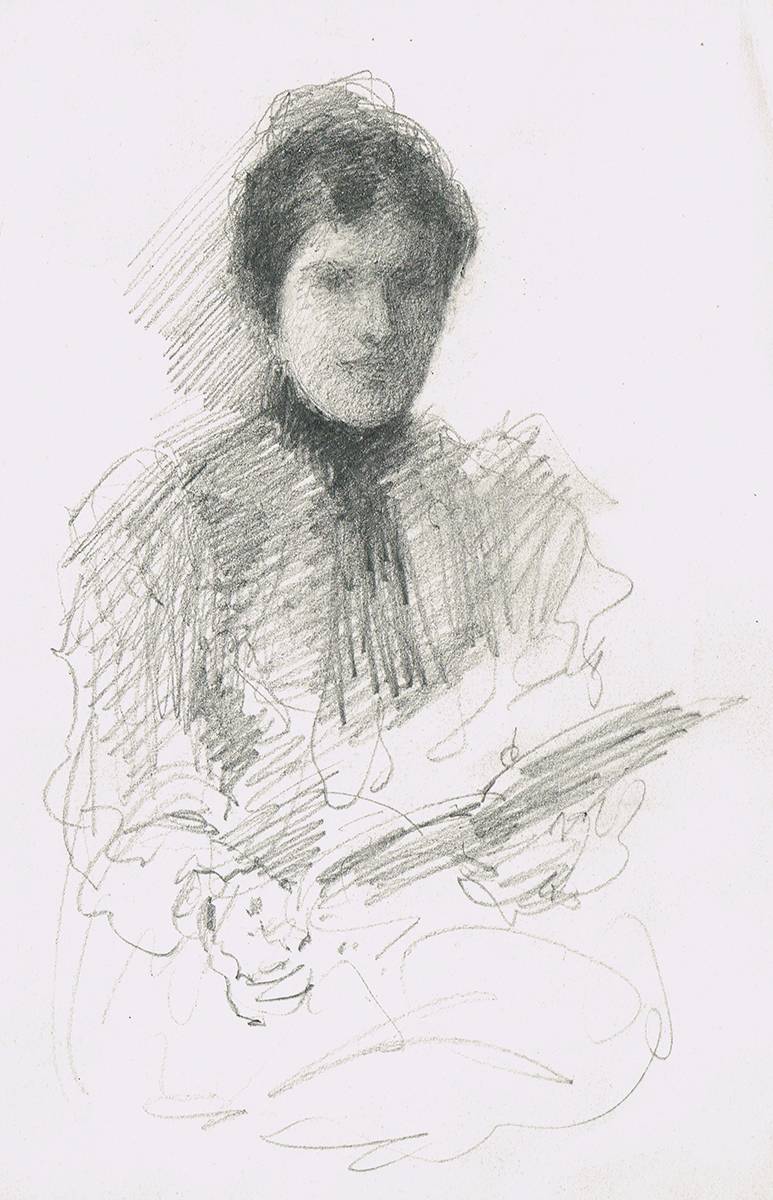
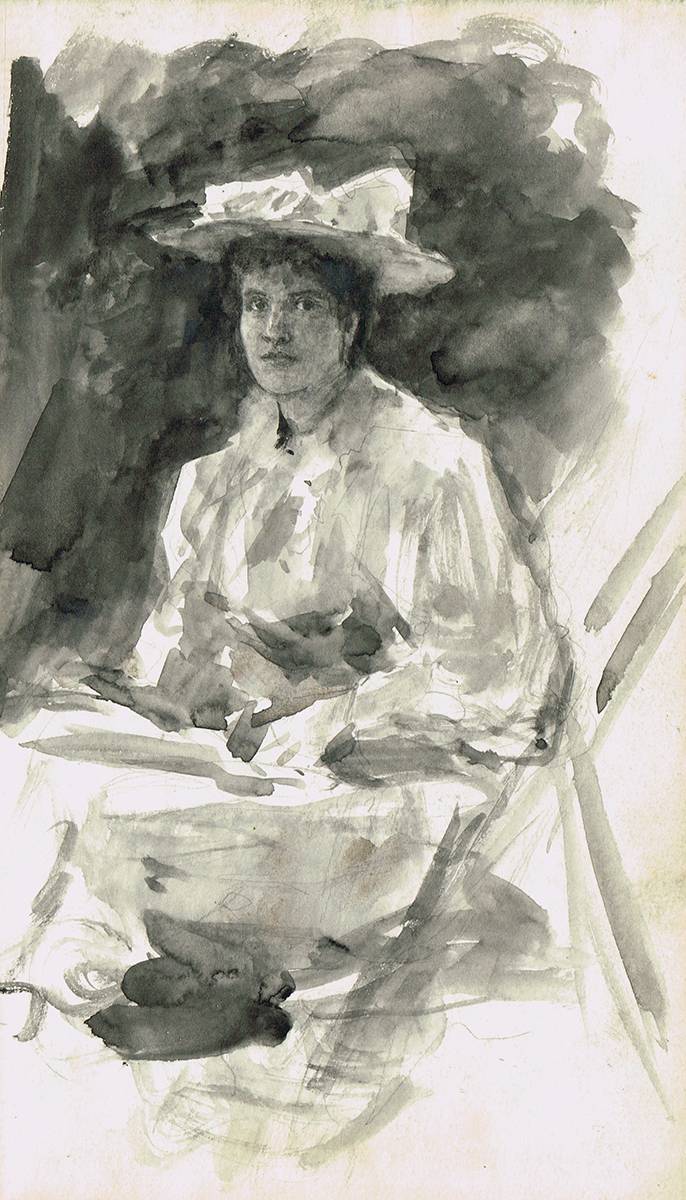
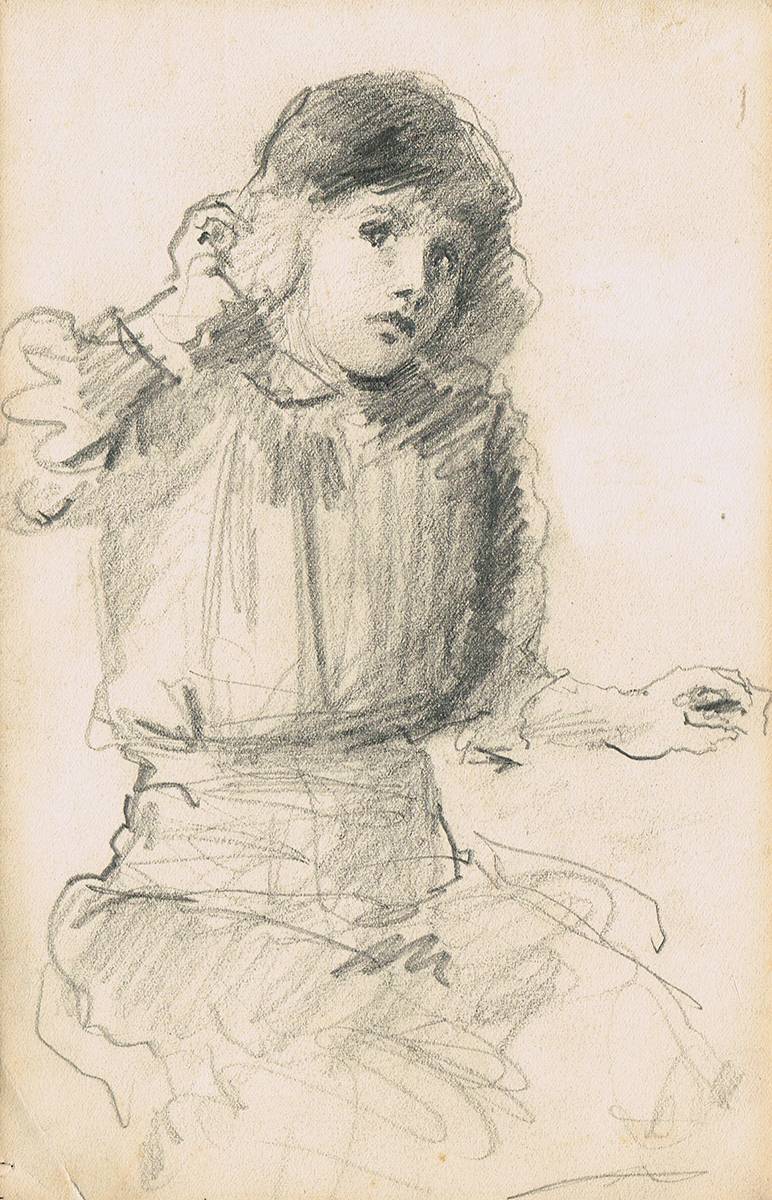
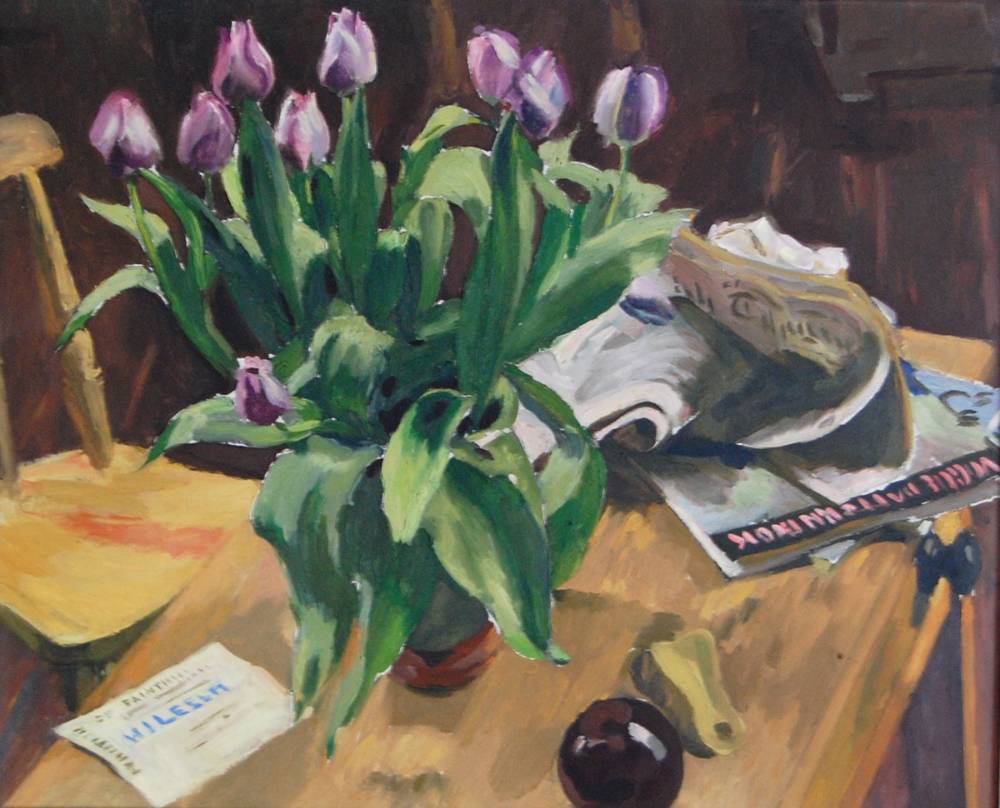

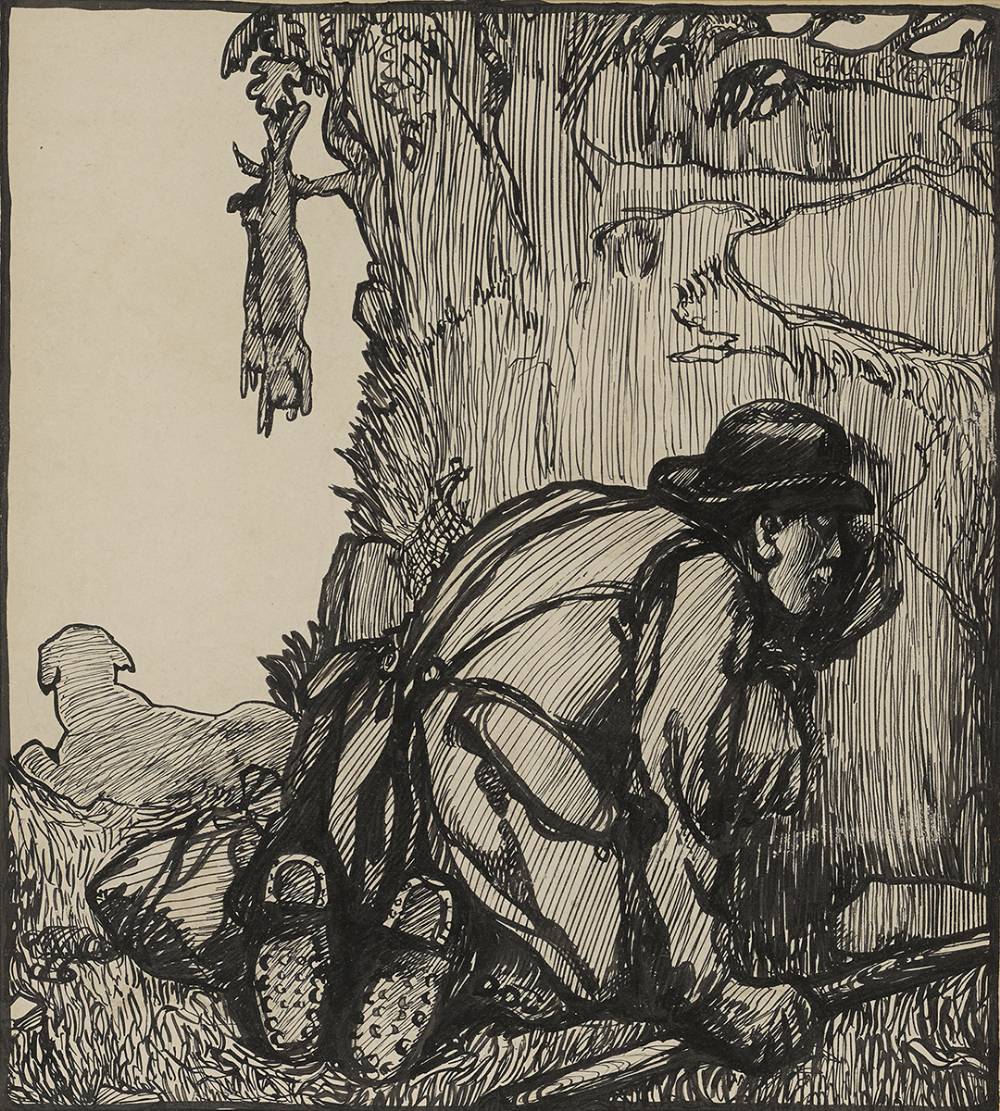
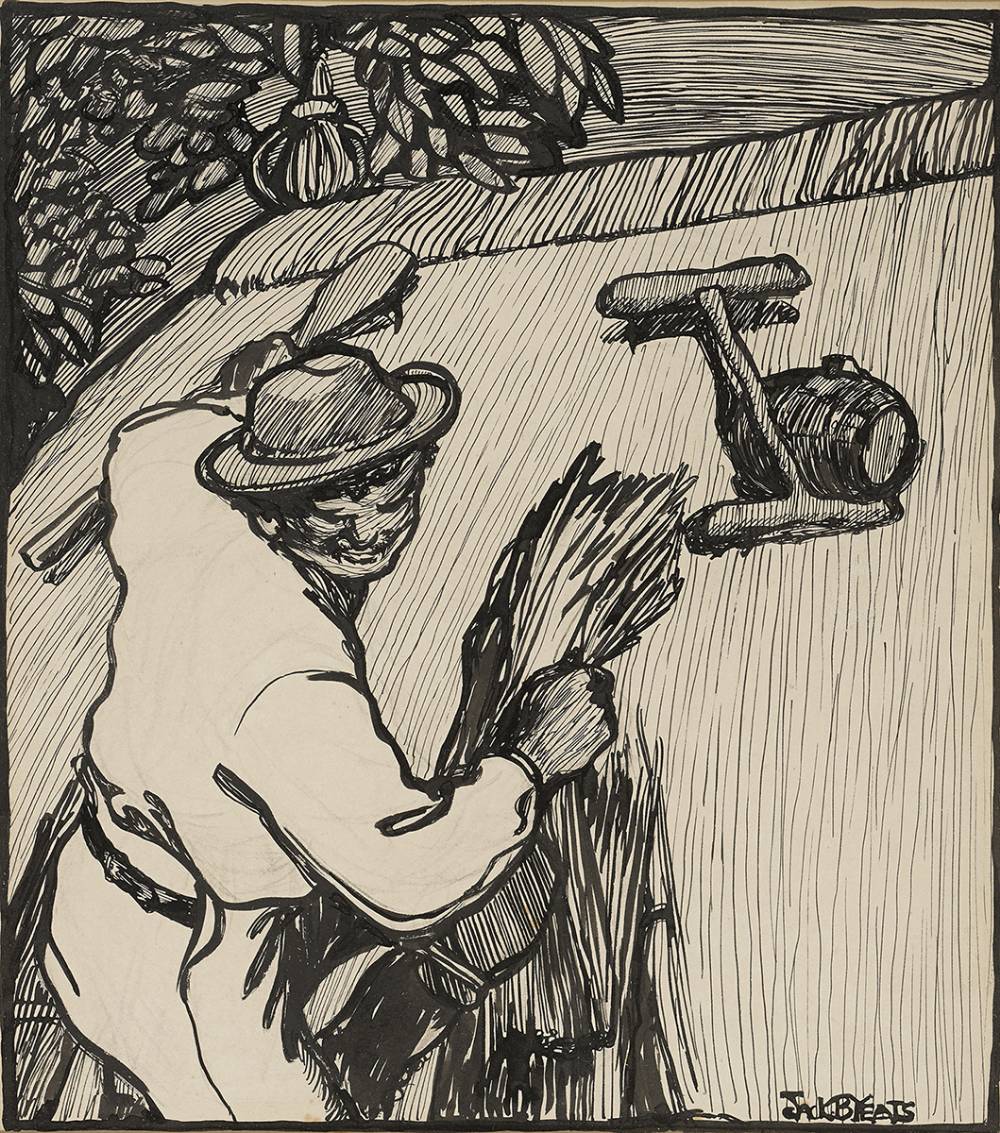

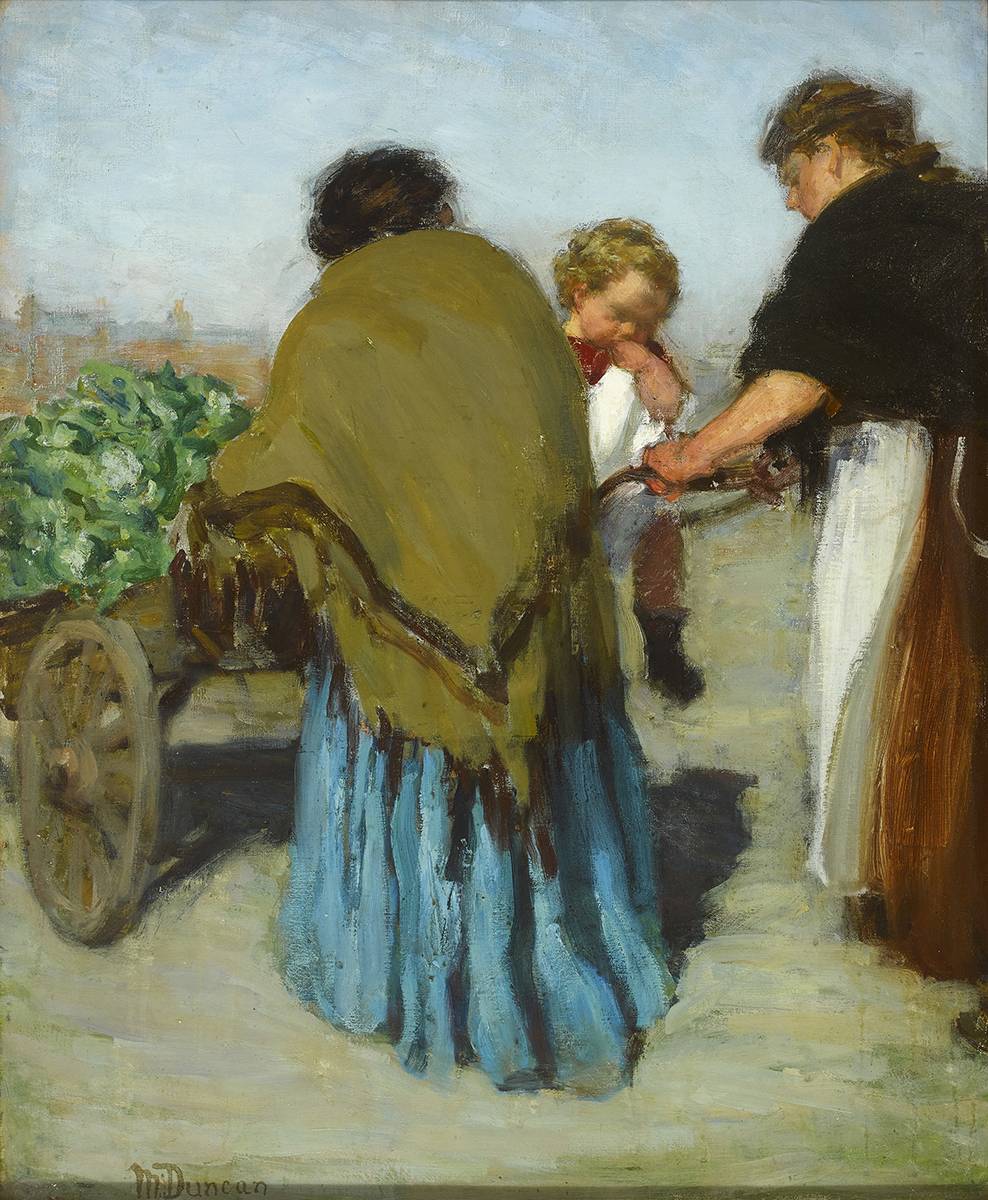
Try LotSearch and its premium features for 7 days - without any costs!
Be notified automatically about new items in upcoming auctions.
Create an alert